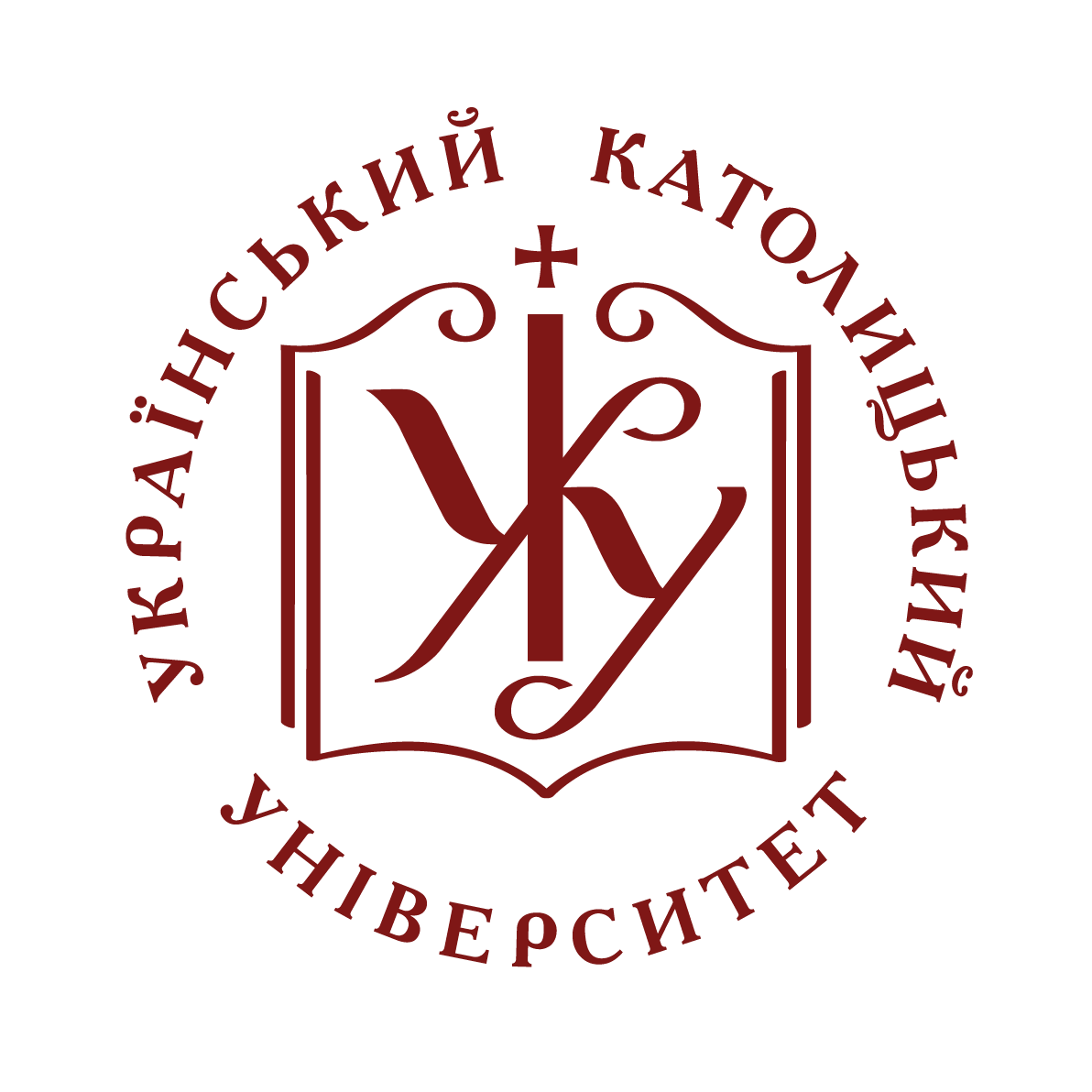- Домівка
- →
- Naukovi Zapysky UCU [Annals of the UCU] | Наукові записки УКУ
- →
- Cерія "Богослов'я"
- →
- 2022 (вип. 9)
- →
- Перегляд матеріалів
Сценарії JavaScript вимкнено для Вашого браузера. Деякі функції цього сайту не будуть працювати без них.
Показати скорочений опис матеріалу
| dc.contributor.author | Теслюк, Галина
|
|
| dc.date.accessioned | 2023-10-18T08:42:41Z | |
| dc.date.available | 2023-10-18T08:42:41Z | |
| dc.date.issued | 2022 | |
| dc.identifier.citation | Теслюк Г. Жіночі божественні постаті Ашери і Мудрості в біблійному дискурсі: порівняльний аналіз // Наукові записки УКУ [= Богослов'я, вип. 9]. Львів 2022, с. 7–28. | uk |
| dc.identifier.uri | https://er.ucu.edu.ua/handle/1/4083 | |
| dc.description.abstract | У Танаху є дві жіночі постаті зі збіжними характеристиками – Ашера і Мудрість. Вони з’являються в різних частинах Біблії, і їхні шляхи ніколи не перетинаються. Інформацію про Ашеру й ашеру (культовий об’єкт) знаходимо в книгах, які відображають часи до Вавилонського вигнання та/або сам період вигнання: Виходу, Второзаконня, Суддів, 1-2 Царів, Прото-Ісаї, Єремії, Міхея і 2 Хронік. Натомість персоніфікована Мудрість з’являється в текстах, котрі, як ми вважаємо, написані в епоху після вигнання або відображають пізніший період. Йдеться про канонічні книги Йова та Приповідок і юдейські книги періоду Другого храму: Сираха, Варуха, Мудрість Соломона та ін. Подібність між зображеннями цих жіночих божественних постатей і незалежна присутність їх у різних частинах біблійного тексту дозволяє припустити, що таке явище свідчить про використання Ашери та її традиції у формуванні біблійного образу Мудрості. Крім того, поява Мудрості в текстах після повернення з Вавилону сигналізує помітну потребу в жіночому зображенні божественного і заповнює нішу, утворену через викорінення культу богині Ашери. У статті проаналізовано біблійні матеріали, що стосуються Ашери/ашери і персоніфікованої Мудрості. Встановлено точки зв’язку між цими двома постатями, а також відмінності між ними. Зокрема, унаочнено використання символіки дерева у представленні цих жіночих постатей та наведено згадки про них у контексті культу Ягве. | uk |
| dc.language.iso | uk | uk |
| dc.subject | Ашера | uk |
| dc.subject | Мудрість | uk |
| dc.subject | Танах | uk |
| dc.subject | священні дерева | uk |
| dc.subject | культ Ягве | uk |
| dc.subject | жіночі божественні постаті | uk |
| dc.subject | Asherah | uk |
| dc.subject | Wisdom | uk |
| dc.subject | Hebrew Bible | uk |
| dc.subject | sacred trees | uk |
| dc.subject | female divine figures | uk |
| dc.title | Жіночі божественні постаті Ашери і Мудрості в біблійному дискурсі: порівняльний аналіз | uk |
| dc.title.alternative | Divine Female Figures of Asherah and Wisdom in the Biblical Discourse: a Сomparative Analysis | uk |
| dc.type | Article | uk |
| dc.status | Опублікований і розповсюджений раніше | uk |
| dc.description.abstracten | In reading the Hebrew Bible we encounter two female figures with similar characteristics – Asherah and Wisdom. Apparently, these two heroines emerge in different sections of the Bible and their paths never cross. Thus, one may encounter Asherah and her cultic representation in the books that purport to reflect the pre-exilic and/or exilic periods of ancient Israel, namely in Exodus, Deuteronomy, Judges, 1-2 Kings, Proto-Isaiah, Jeremiah, Micah and 2 Chronicles. In contrast, Lady Wisdom appears in the texts we consider to be written in or reflect the post-exilic era, including canonical Job and Proverbs, and the Jewish books, Ben Sira and Baruch. The similarities between the portrayals of these female divine figures (in particular, their appearance along with God and tree imagery) and their independent presence in different biblical sections, have led some scholars to conclude that this phenomenon attests to the use of Asherah and the tradition associated with her as a literary model for the figure of Wisdom. Furthermore, the appearance of Wisdom in the post-exilic writings signals the noticeable need for a feminine representation of the divine and fills a niche that had been left by the elimination of the goddess Asherah. Clearly, a comparative analysis of biblical materials related to Asherah/asherah and Wisdom helps to establish the points of connection between these two figures as well as the dissimilarities between them. In particular, the imagery of the tree appears to have a prominent function in the portrayal of these two figures. Moreover, both female figures are presented in their relationships to the cult of Yahweh: Asherah with her cultic object, Wisdom as Torah. At the same time, the comparative analysis shows that Asherah and Lady Wisdom are different. Wisdom is explicitly (in later texts) identified as part of God’s creation and is subordinated to Yahweh, while Asherah appears to be a deity in the full sense of the term – she is worshipped along with other gods. The dissimilarities between Asherah and Wisdom signal changes in the scheme of credo and, as a result, in the religious praxis of the whole of ancient Israel as it is offered by the pre-exilic/exilic and post-exilic biblical passages respectively. | uk |
| dc.relation.source | Наукові записки УКУ [= Богослов'я, вип. 9]. Львів 2022 | uk |
Долучені файли
Даний матеріал зустрічається у наступних зібраннях
-
2022 (вип. 9) [17]


